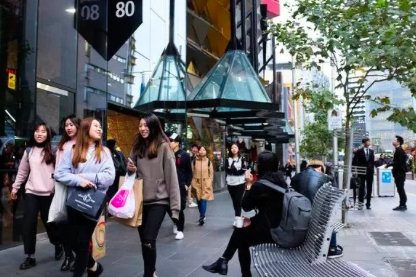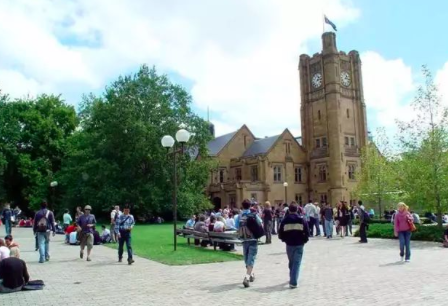Studying Abroad Changes the Face of Australian Cities Chinese Students Flood to Promote CBD Cultural Transformation
The international education industry with an annual output value of 20 billion yuan has changed the face of cities in Southern Australia and created an informal competition to attract Asian students.
An analysis of Australian Bureau of Statistics (ABS) data confirms that the Melbourne CBD is facing the greatest cultural transformation in decades, as higher education and cheap student residences have attracted record-breaking Chinese students.
Soaring demand has also flooded into the Adelaide CBD. Nearly 30% of them (4249) claim to have Chinese origin and the total number is only slightly lower than the Sydney CBD.



The ABS analysis provided to the Australian newspaper indicates that the Brisbane CBD and the Perth CBD lag behind other capital cities in attracting Chinese students.
This wave of higher education-driven housing boom changed the Melbourne CBD. Now, it has actually become a super huge Chinatown based Little Bourke Street. Chinese students are highly concentrated in the CBD and the surrounding areas.
The annual output value of the international education industry exceeds 20 billion yuan. There are approximately 35,000 international students in Melbourne alone (the range is larger than CBD), and 17.5 million foreign students last year in Quanzhou.
John Brumby, chairman of the Australia China Business Council, said that China’s thriving middle class is attracted by Australia’s tourism and education, partly because of the clean air, the orderly city, and the affluent parents’ hopes. Give your child the best life.
He said: “If we respond properly, provide good quality education, good experience and value for money, the market will continue to grow.”
According to ABS data, 55% of Hurstville residents in Sydney’s Southern District have Chinese origin, or 16,403 people.
Even so, this is still less than the nearly 1.8 million people of Chinese descent in the Melbourne CBD. One in every three families in the region speaks Chinese.
According to Melbourne Mayor Robert Doyle, the vast majority of Melbourne’s 35,000 international students are Chinese, and the Indian market is steadily growing, followed by Malaysia, Indonesia and Vietnam.
Doel said that in order to ensure that international students have a pleasant learning life, Melbourne City encourages international students to engage in voluntary services and establishes a permanent welcome desk for international students at Melbourne Airport.

Leaver a comment